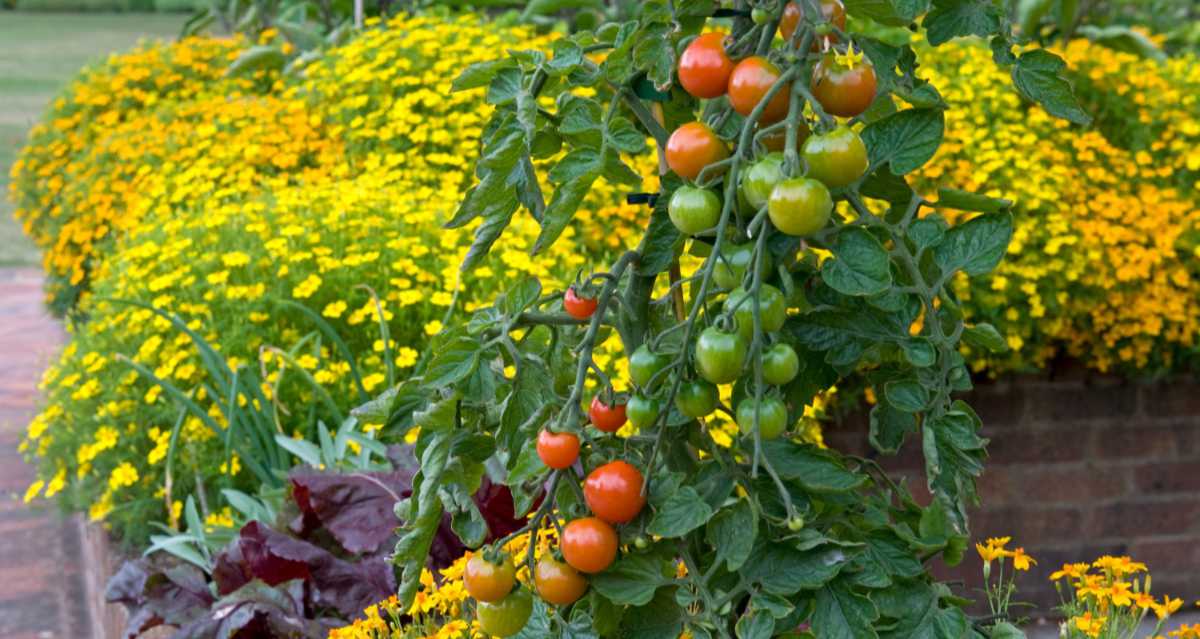For generations, companion planting has been used to repel pests, or at least lure them to another plant away from your crops, as well as attracting beneficial insects who will eat some of the nuisance ones.
“It can be to deter pests, to attract bees and insects for better pollination of fruit and vegetables, to improve growing conditions for other plants by creating shade, to attract insects that feed on pests, and of course, to make your garden look even more attractive,” says gardening consultant, broadcaster and RHS judge Martin Fish.
8 tips for companion planting
Fish and master grower Chris Smith, owner of Pennard Plants (pennardplants.com), offer the following advice on getting the best from companion planting.
1. Companion plants that distract nuisance pests
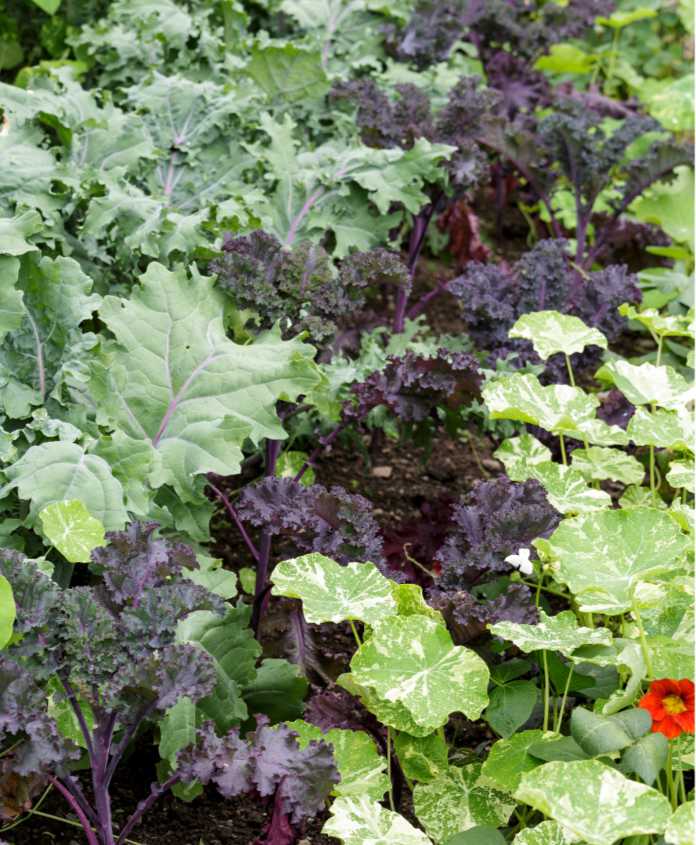
Use nasturtiums, which are great for attracting pollinators, but they also attract aphids and cabbage white butterflies, so be prepared to plant them in the garden as sacrificial plants to draw pests from other plants.
The old-fashioned orange-flowered pot marigold (Calendula) can be used around any vegetable plants that are attacked by aphids. The sticky substance of the pot marigold leaves attract and trap aphids. Calendula are most effective and work on soil pests too, says Smith.
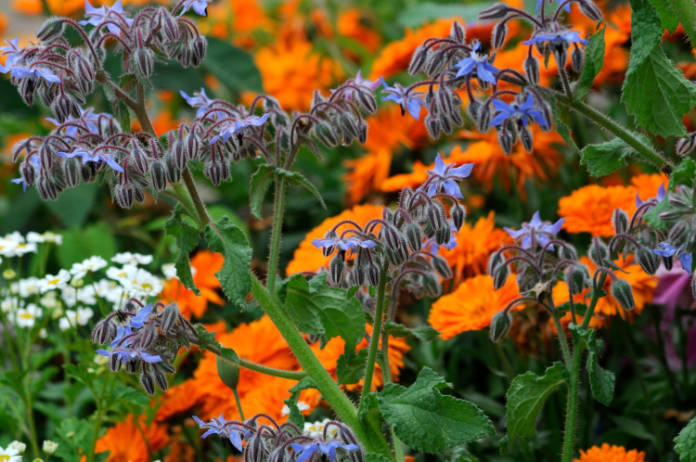
“They are better in spaces where the scent can be confined but good in the garden too. Marigolds are particularly excellent in greenhouse and polytunnels.”
Basil can easily be grown from seed in early summer, so plant it around tomatoes to help deter whitefly and other pests. It’s also said that growing basil close to tomatoes improves their flavour.
2. Attract beneficial predators
The white flowering annual, alyssum (Lobularia), makes a low growing plant and when planted between lettuce and other salad crops, the white flowers attract hoverflies that feed on aphids.
Herbs such as mint, thyme, fennel, dill and sage should be allowed to flower, as the blooms will attract pollinating insects and other beneficial insects such as hoverflies.
3. Companion plants that repel pests
French marigolds (Tagetes) planted between tomatoes and cucumbers in a greenhouse or polytunnel help to repel whiteflies, which can be a real pest.
Plant spring onions between rows of carrots as the strong onion scent will help to deter or confuse carrot root flies looking for somewhere to lay eggs.
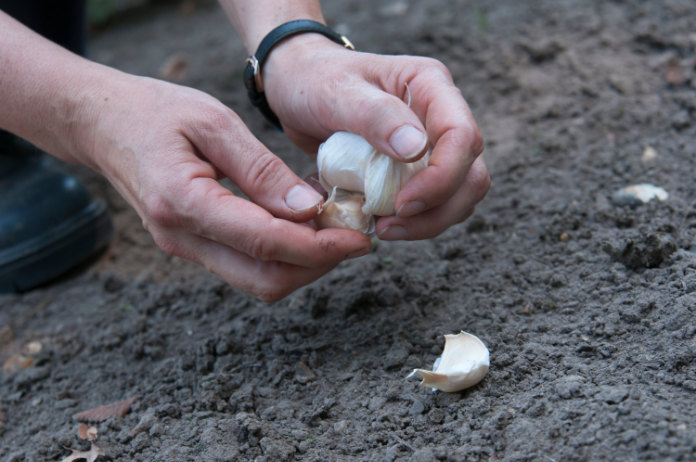
Grow some garlic too. Again, the smell will help repel pests, particularly if you bruise the leaves every so often as you pass.
You can also make an excellent pest repellent spray from the bulbs. Crush them and add warm water, allow to steep for 24 hours and then use as a spray on all manner of plants. This needs to be repeated every seven to 10 days but will make the leaves unpalatable to slugs and other pests, while not tainting edible leaves such as cabbages or lettuce.
If you grow asparagus and have problems with asparagus beetle, plant some tomatoes in between, which will help repel the beetle.
4. Grow pretty companions to attract pollinators
Grow sweet peas in the vegetable plot close to runner beans. The scented flowers are great for cutting and will also attract bees and pollinating insects to pollinate the beans.
A selection of hardy annuals, such as nigella, cosmos, calendula, sunflowers and amaranthus, not only looks good and can be used as cut flowers, they also attract pollinators and beneficial insects into the garden.
5. Give shade to vulnerable crops
Grow taller plants such as sweetcorn and climbing beans on the sunny side of lettuce and salad crops, to provide shade and cooler growing conditions on warm, sunny days.
6. Use mint to discourage ants
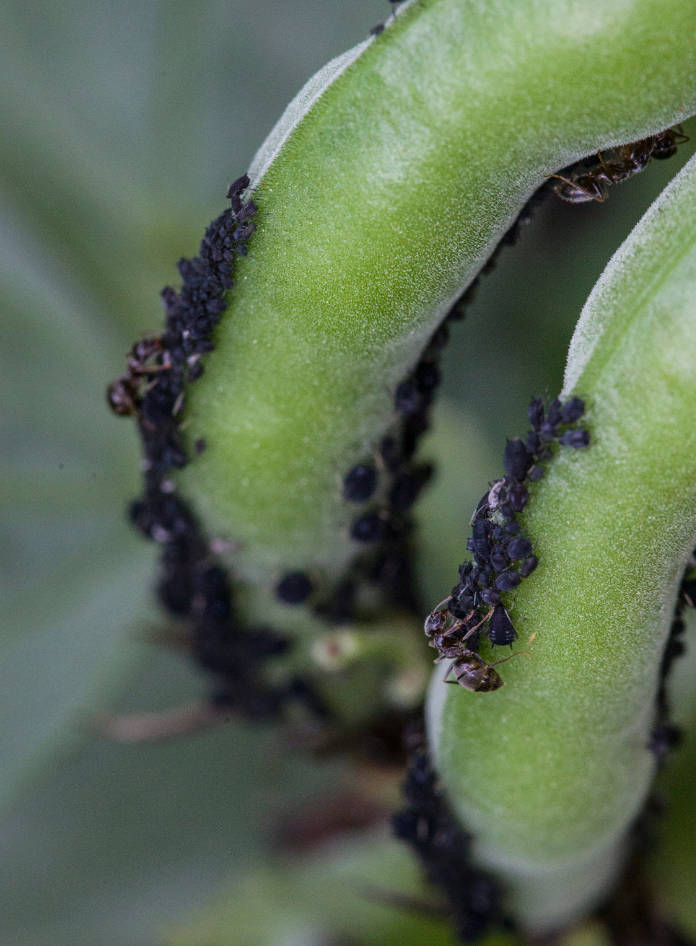
If you have ant problems, grow some mint – it deters them completely. If the ants are in an area where you cannot grow the mint, some cut mint scattered around will deter them. Mint also deters mice. Pennyroyal is also excellent.
7. Deter caterpillars with hyssop
Hyssop, particularly anise hyssop planted among cabbages and other brassicas, will help deter cabbage whites from landing and laying the eggs which hatch into the caterpillars that munch your crop.
8. Plant health-boosting companions
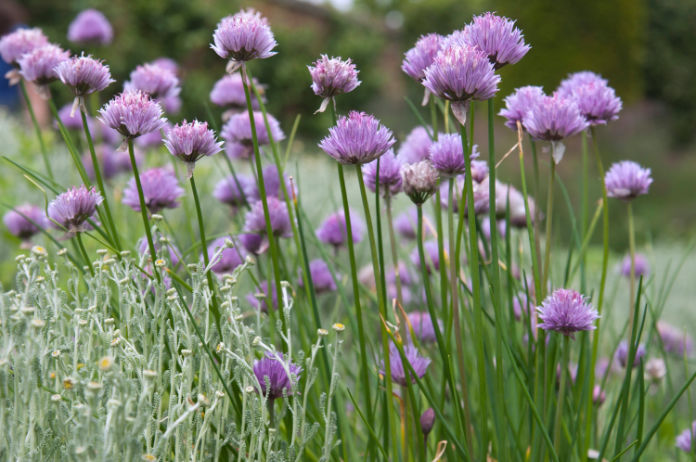
Lovage is an excellent companion plant for all crops except rhubarb – it is said to improve the health of most plants and is considered ‘the magic bullet’ of companion planting. Borage attracts pollinators and assists the growth of most plants, particularly strawberries, cucurbits and tomatoes and the leaves make excellent liquid fertiliser or can be used as a mulch.
Chives are also beneficial to plant health as the leaves can be used to make a ‘tea’ which is good for treating black spot and mildew, as it contains sulphur. The flowers also attract bees and deter cabbage root fly and carrot root fly.
Read more 8 ways to boost your crops by attracting pollinating insects to your garden























































